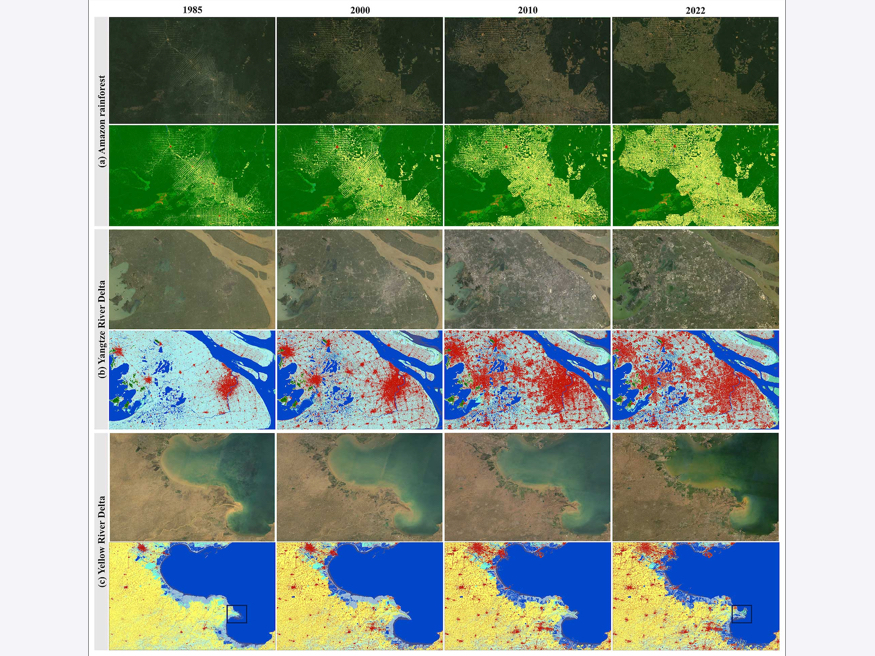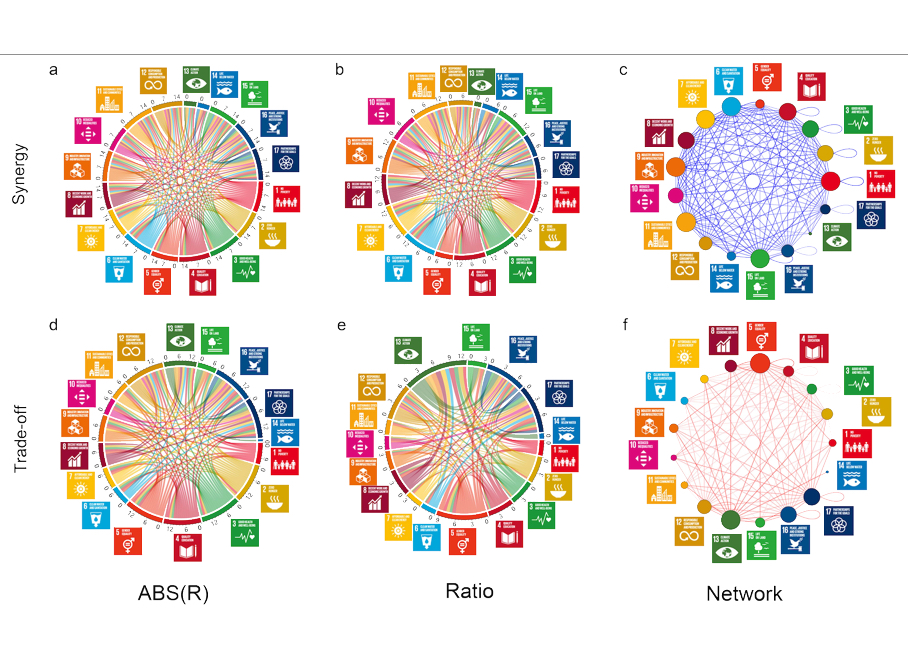-
Study Provides Detailed Insights into Urban Heat Emissions in China
In a bid to understand urban thermal environments better, researchers from the Aerospace Information Research Institute (AIR) under the Chinese Academy of Sciences (CAS) have developed a comprehensive dataset on anthropogenic heat (AH) emissions in China.
March 29, 2024 -
Solar-induced Chlorophyll Fluorescence Observations from Satellite Improves Global Plant Productivity Estimation
A recent study published in the Journal of Remote Sensing on March 13 introduced a new method for estimating plant productivity. Researchers from the Aerospace Information Research Institute (AIR) under the Chinese Academy of Sciences (CAS) developed a dataset called CMLR GPP (Canopy-scale Mechanistic Light Reaction Gross Primary Production) with an exceptional spatial resolution of 0.05 degree. This dataset offers estimates of gross primary production (GPP) spanning from May 2018 to December 2021 on a global scale.
March 26, 2024 -
 Global 30m Land-Cover Dynamics Dataset Set to Sharpen Understanding of Climate Change
Global 30m Land-Cover Dynamics Dataset Set to Sharpen Understanding of Climate ChangeUnderstanding how our planet's land cover changes over time is crucial for tackling climate change. However, getting detailed, long-term data has been tough. That's where a land-cover dataset called GLC_FCS30D comes in: the latest released dataset offers an unprecedented glimpse into global land-cover dynamics from 1985 to 2022 at a remarkable 30-meter resolution.
March 26, 2024 -
Study Reveals Impact of Surface Heterogeneity on Satellite Soil Moisture Products
A study conducted by researchers at the State Key Laboratory of Remote Sensing Science, Aerospace Information Research Institute (AIR) under the Chinese Academy of Sciences (CAS), sheds light on the reliability and error tracing of microwave soil moisture products on a global scale.
March 25, 2024 -
 Understanding Synergies and Trade-offs in Achieving Sustainable Development Goals: Insights from China
Understanding Synergies and Trade-offs in Achieving Sustainable Development Goals: Insights from ChinaIn the pursuit of the UN 2030 Agenda for Sustainable Development, understanding the interconnectedness of the 17 Sustainable Development Goals (SDGs) at both national and sub-national levels is crucial. A recent study focusing on China sheds light on the significance of recognizing synergies and trade-offs among these goals, offering valuable insights for policymakers worldwide.
March 15, 2024 -
 China Focus: Researchers Uncover Future Variations of Irrigation Water Use in China
China Focus: Researchers Uncover Future Variations of Irrigation Water Use in ChinaBEIJING, March 12 (Xinhua) -- Researchers have developed a new method using machine learning and multiple data sets to estimate irrigation water use (IWU) across China, and also revealed how water use might change in the future based on different climate and economic scenarios.
March 13, 2024


